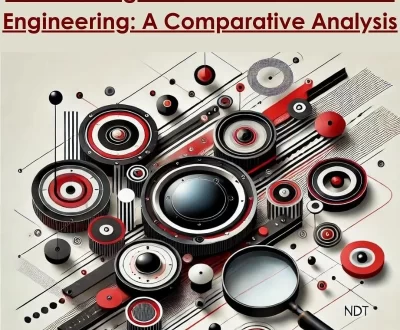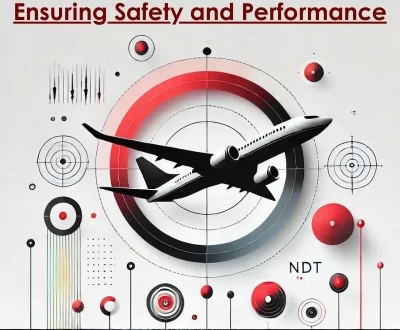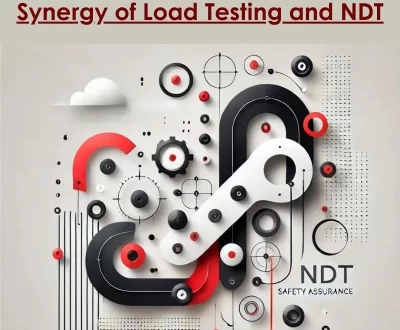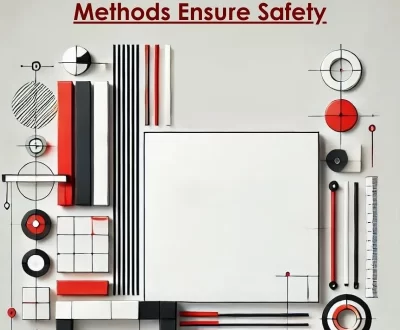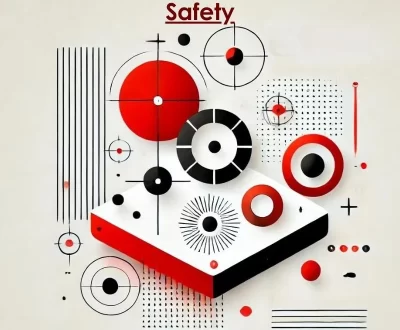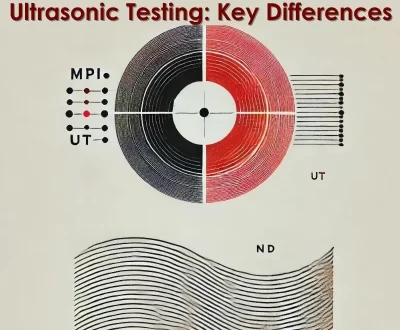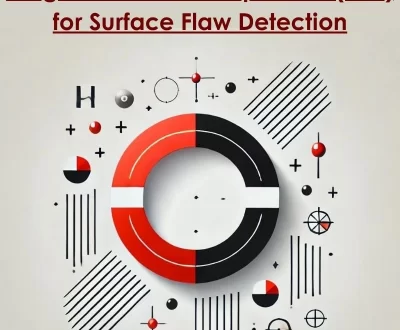Digital MPI: Revolutionizing Surface Defect Detection in NDT
- October 6, 2024
- Uncategorized
MPI plays a key role in today’s fast-evolving industrial testing as a conventional NDT technique for ensuring the integrity of ferromagnetic materials. However, with modern infrastructure and increasingly complex products, traditional MPI, including digital MPI, must provide deeper and more reliable results..
Technological developments, such as advanced magnetic sensors and digital automation, now transform MPI. Automated MPI boosts inspection speed and consistency while reducing human error. Consequently, it becomes ideal for large-scale and high-volume testing scenarios. This article explores the latest improvements that enhance the scope and accuracy of MPI within the NDT framework.
How Digital MPI Is Transforming NDT
The ever-changing landscape of Non-Destructive Testing is very fast with the advent of digital technologies in Magnetic Particle Inspection. Conventionally, MPI has been a reliable inspection method for detecting cracks and imperfections in ferromagnetic steels, but recent improvements are pushing its capabilities even further.
Also, digitization has made it possible for MPI systems to have high sensitivity and clarity of view today, enabling the inspector to pick very small defects. This decreases the possibility of a defect going unnoticed and improves safety in industries such as building and transport.
Further, digital MPI tools reduce the time required for inspections by automating the collection and processing of data, hence reducing human errors. Inspections are getting more predictive with the incorporation of AI in enabling preventive maintenance. This changing face of NDT due to the shift toward digital MPI implies quicker, more accurate results, thus driving innovation in several industries.
Using Digital MPI Systems to Improve Inspection Speed and Reduce Errors
The demand for Non-Destructive Testing, which is highly accurate and efficient, has never been viewed with higher importance by industries in oil and gas, aerospace, and automotive. It is within this sector that automated MPI systems have created a revolution, with much greater accuracy and speed when compared to traditional manual inspection techniques. These types of systems minimize human error by fully automating the magnetization and defect detection steps in an inspection process.
This improved consistency from automated MPI systems also allows for the detection of much smaller, harder-to-detect flaws. Automation also minimizes the time and labor costs of NDT, eventually leading to better safety and reliability in critical applications.
The Future of Automated MPI Testing and How It Will Impact Non-Destructive Testing (NDT)
MPI will continue to evolve with technology developments since industries are now moving into safer and more precise operations. Very soon, automated MPI systems using AI and robotics will be a new frontier in NDT operations: minimal human error, increased velocity of inspection, and detailed data analysis.
With the use of advanced materials and nano-magnetic particles, sensitivity can be further increased in order to detect even minimal surface cracks. Based on such developments, the future of MPI testing will not only raise the level of reliability concerning NDT but will also open completely new dimensions for further applications in such demanding areas as aerospace, automotive, and energy. The shift will bring much greater efficiency, with lowered costs for companies, potentially transforming how safety and quality control are managed.
Conclusion
Modernization of MPI by advanced technologies marks a significant leap in NDT. These are making the process of inspection not only more accurate but also more efficient and adaptable for a number of industrial applications. As long as industries continue to set high demands on safety and reliability, sustained development of MPI technologies into the future is very important.
This means that materials will have to meet the best possible quality standards without necessarily resorting to destructive test methods, which in turn assures a safer future and improvement in their operational efficiency.
More from our blog
See all postsRecent Posts
- Load resistance evaluation in Software vs Structural Engineering October 6, 2024
- NDT Testing in Aerospace Industry: Ensuring Safety and Performance October 6, 2024
- Safety Assurance Through the Synergy of Load Testing and NDT October 6, 2024

